Home>diy>Building & Construction>What Is A Wattle In Construction
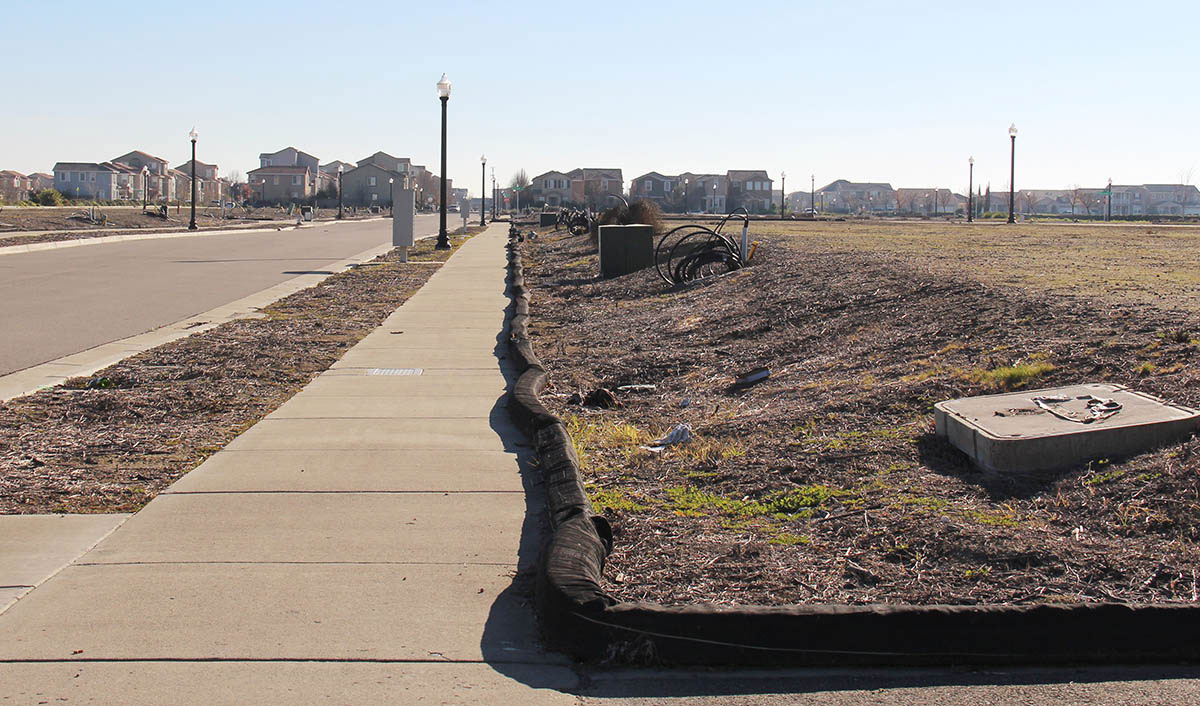

Building & Construction
What Is A Wattle In Construction
Modified: December 7, 2023
Learn all about wattles in construction and their importance in building-construction. Discover how wattles are used and their benefits for erosion control and sediment trapping.
(Many of the links in this article redirect to a specific reviewed product. Your purchase of these products through affiliate links helps to generate commission for Storables.com, at no extra cost. Learn more)
Introduction
Welcome to the fascinating world of construction! In this article, we will explore the concept of a wattle in construction and its various applications. Whether you’re a building enthusiast, a construction professional, or simply curious about the intricacies of construction, you’re in for an informative and engaging read.
A wattle is a construction technique that has been utilized for centuries, dating back to ancient civilizations. It involves weaving flexible materials together to create a structural element that can be used for walls, fences, and even roofs. The use of wattle in construction showcases the ingenuity of builders throughout history, as well as the simplicity and versatility of natural materials.
Throughout this article, we will delve into the definition of a wattle, its historical significance, different types of wattle, construction techniques, benefits and limitations, and contemporary applications. By the end, you’ll have a comprehensive understanding of this age-old construction method and its relevance in modern times.
Key Takeaways:
- Wattle construction, an ancient building technique, offers sustainability, versatility, and unique aesthetics, making it relevant in modern architecture for eco-friendly, cultural, and artistic applications.
- From ancient civilizations to contemporary practices, wattle’s enduring legacy showcases the ingenuity of builders, connecting us to nature and traditional wisdom while inspiring sustainable, authentic, and creative construction projects.
Read more: How To Build A Wattle Fence
Definition of a Wattle in Construction
A wattle in construction refers to a technique where flexible materials, such as branches or reeds, are interwoven to create a sturdy and functional structure. This method has been used for centuries in various cultures around the world for different construction purposes.
Traditionally, the flexible materials used for wattle construction were sourced from readily available natural resources, such as willow or hazel branches, or even bundles of straw or bamboo. These materials are carefully selected based on their strength, flexibility, and durability.
The process of creating a wattle involves weaving the flexible materials together in a lattice pattern to form panels that can be used for walls, fences, or even the framework of roofs. The panels are typically secured in place with a combination of stakes, ties, and sometimes a layer of daub or plaster.
One of the key advantages of wattle construction is its adaptability to different environments and construction needs. The size and thickness of the wattle panels can be customized to match the specific requirements of the project. Additionally, the flexibility of the materials allows for curved or irregular shapes to be easily incorporated into the design.
While wattle construction is often associated with traditional or historical buildings, it can also be used in contemporary construction projects. Many architects and builders embrace the use of wattle for its sustainable qualities, as well as its unique aesthetic appeal.
Next, we will explore the various uses of wattle in construction, highlighting its versatility and wide range of applications.
Uses of Wattle in Construction
Wattle construction has been utilized for various purposes throughout history and continues to find relevance in modern construction practices. Here are some of the primary uses of wattle:
- Walls: Wattle is commonly used to construct walls in both traditional and contemporary buildings. The interwoven panels provide structural support and can be filled with various materials like mud, clay, or even insulation to enhance thermal efficiency.
- Fences: Wattle fences have long been used to demarcate boundaries, provide privacy, and enclose livestock. The woven branches create a sturdy and visually appealing barrier.
- Roofs: In some regions, wattle is still used as a roofing material, especially in traditional or eco-friendly construction. Wattle panels can provide a natural and breathable roofing solution when combined with other materials like thatch or grass.
- Partitions and Dividers: Wattle can be used to create partitions and dividers within a building, separating different areas or rooms. This is particularly useful in open-plan spaces where a more flexible and natural approach to dividing the area is desired.
- Decorative Elements: Wattle can also be incorporated into interior and exterior design elements for its aesthetic value. From decorative screens to intricate patterns on walls, wattle adds a touch of textural beauty to spaces.
It’s important to note that while wattle construction can be versatile, it may not be suitable for all building scenarios. Factors such as climate, structural requirements, and local building codes should be considered before using wattle as a construction technique.
In the next section, we will delve into the historical significance of wattle in construction and explore its roots in ancient civilizations.
Historical Significance of Wattle in Construction
The use of wattle in construction has a rich and storied history that dates back thousands of years. From ancient civilizations to medieval times, wattle has played a significant role in shaping the built environment. Let’s explore its historical significance:
Ancient Civilizations: The origins of wattle construction can be traced back to ancient civilizations such as Egypt, Mesopotamia, and ancient Greece. These cultures relied on natural materials like reeds, twigs, and branches woven together to create walls, roofs, and fences. The simplicity and sustainability of wattle construction made it an ideal choice for these ancient builders.
Medieval Europe: In medieval Europe, wattle became a prevalent construction technique. Timber-framed buildings with wattle and daub walls were a common sight during this period. Wattle panels, often filled with a mixture of mud, straw, and animal dung called daub, provided insulation and helped create sturdy and durable structures.
Colonial America: The settlers in colonial America adapted the use of wattle construction from their European ancestors. Wattle and daub houses were constructed using wooden frames filled with woven panels and a clay-based daub mixture. These structures helped early American colonists create shelter in new, unfamiliar surroundings.
Indigenous Cultures: Many indigenous cultures around the world have preserved the tradition of wattle construction. From the Maasai people of East Africa who build kraals for their livestock to the Native American tribes constructing shelters using woven branches and hides, wattle continues to be an integral part of their building practices.
The historical significance of wattle in construction extends beyond its structural functionality. It also represents a connection to nature and a sustainable approach to building. By utilizing natural and locally available materials, wattle construction embodies the resourcefulness of ancient builders and their respectful relationship with the environment.
Now that we have explored the historical context, let’s move on to learning about the different types of wattle used in construction.
Different Types of Wattle
Wattle construction encompasses a variety of techniques and materials, depending on the region, climate, and cultural traditions. Let’s explore some of the different types of wattle commonly used in construction:
- Branch Wattle: Branch wattle involves interweaving branches or twigs to create a lattice structure. This type of wattle is often used for fencing, partitions, and walls where a stronger and more substantial construction is required.
- Reed Wattle: Reed wattle makes use of thin, pliable reeds like willow or bamboo, which are tightly woven together to form panels. Reed wattle is commonly used for walls and fences, providing a lightweight and flexible construction option.
- Straw Wattle: Straw wattle entails bundling straw tightly together to form long cylindrical structures. These straw wattles can be used as a fill material for construction, providing insulation, support, and stability.
- Rope Wattle: Rope wattle involves using ropes or cords made from natural fibers such as hemp or sisal to create the lattice structure. This type of wattle is often utilized as a decorative element or for temporary structures.
The choice of wattle material depends on factors such as availability, desired structural strength, and aesthetic preferences. Different materials offer varying degrees of durability, flexibility, and environmental suitability.
It’s worth noting that wattle construction often goes hand in hand with daub or plaster. Daub is a mixture of clay, sand, straw, and sometimes animal dung, which is applied to the wattle panels to create a solid and weatherproof surface.
Each type of wattle has its unique qualities and applications, allowing builders to adapt the technique to suit specific construction needs. The selection of wattle material plays a crucial role in achieving desired outcomes for both traditional and modern construction projects.
Next, we will explore the techniques involved in wattle construction, shedding light on the process of creating these impressive structures.
Read more: What Is Pre-Construction In Construction
Wattle Construction Techniques
Wattle construction requires skillful techniques to ensure the stability and integrity of the woven panels. While the specific methods may vary depending on the type of wattle and the intended purpose, here are some common techniques used in wattle construction:
- Basic Weaving: The fundamental technique in wattle construction is weaving the flexible materials together to form a lattice pattern. This involves alternating the placement of the branches, reeds, or other materials to create a sturdy and interconnected structure. The weaving process requires precision and careful attention to achieve the desired strength and durability.
- Stakes and Ties: To secure the woven panels in place, stakes are driven into the ground or attached to an existing framework. The woven panels are then tied to the stakes using cords or flexible branches, ensuring the stability and rigidity of the structure.
- Layering: In some cases, multiple layers of wattle may be used to strengthen the overall structure. This involves weaving additional panels on top of the initial layer to create a thicker and more robust construction. Layering can enhance the structural integrity, insulation, and durability of wattle walls or fences.
- Daub or Plaster Application: After the wattle panels are in place, a layer of daub or plaster can be applied to the surface. This mixture, usually consisting of clay, sand, straw, and sometimes animal dung, is spread onto the wattle to create a more solid and weather-resistant finish. The daub also helps to fill any gaps or irregularities in the woven panels.
These techniques require a combination of craftsmanship, knowledge of materials, and attention to detail. Skilled wattle craftsmen understand how to select and prepare the materials, weave them together effectively, and secure the structure to ensure its longevity.
Wattle construction techniques have evolved and been refined over centuries, incorporating regional variations and cultural practices. Today, modern technology and machinery can aid in the process of wattle construction, but the traditional techniques still hold immense value and continue to be practiced by skilled craftsmen.
In the next section, we will examine the benefits and limitations of using wattle in construction, providing a comprehensive understanding of this traditional building method.
A wattle in construction refers to a framework of interwoven rods or twigs used to reinforce walls or roofs. It can provide additional support and stability to the structure.
Benefits and Limitations of Using Wattle in Construction
Wattle construction offers a range of benefits that have contributed to its enduring popularity throughout history. However, there are also certain limitations that need to be considered. Let’s explore the advantages and limitations of using wattle in construction:
Benefits of using wattle:
- Sustainability: Wattle construction is considered environmentally friendly as it utilizes natural and renewable materials. It reduces reliance on synthetic materials and minimizes the carbon footprint associated with construction. Additionally, wattle structures are often biodegradable and can be easily recycled or repurposed.
- Versatility: Wattle can be adapted to various construction needs and architectural styles. From simple fences and partitions to complex wall structures, wattle construction offers flexibility in design and construction. It can also be combined with other materials to create a hybrid construction approach.
- Thermal Insulation: The use of natural materials and the presence of air pockets within wattle panels contribute to their thermal insulation properties. Wattle walls can help regulate indoor temperatures by retaining heat in colder climates and providing cooling effects in warmer climates.
- Aesthetics: Wattle construction adds a unique and rustic charm to buildings. The natural textures, patterns, and earthy tones of the woven panels create visually appealing architectural elements. Wattle structures can blend harmoniously with the surrounding environment and evoke a sense of connection to nature.
- Accessibility: Wattle materials are often locally available and relatively affordable. This accessibility makes wattle construction accessible to communities with limited resources, allowing them to build sustainable and resilient structures using materials from their immediate surroundings.
Limitations of using wattle:
- Durability: While wattle structures can be long-lasting, they may not be as durable as conventional construction methods. The natural materials used in wattle construction are susceptible to decay, rot, and insect damage over time. Regular maintenance and protective measures may be required to prolong the lifespan of wattle structures.
- Weather Resistance: Wattle is not inherently weatherproof, and its resilience against extreme weather conditions can vary. Rain, moisture, and excessive exposure to sunlight can weaken the materials and compromise the structural integrity of wattle panels. Proper sealing, waterproofing, and appropriate maintenance practices are necessary to enhance weather resistance.
- Structural Constraints: Wattle construction may have certain limitations in terms of load-bearing capacity. It may not be suitable for large-scale or multi-story structures that require higher structural stability. Additional reinforcement or structural elements may be necessary to ensure the strength and safety of wattle buildings in certain contexts.
- Local Building Regulations: Building codes and regulations vary from location to location. Before incorporating wattle construction into a project, it is essential to ensure compliance with local codes and regulations to meet safety standards and legal requirements.
By understanding the benefits and limitations of using wattle in construction, builders and architects can make informed decisions about incorporating this traditional construction technique into their projects.
In the next section, we will explore the contemporary applications of wattle in construction, showcasing its relevance in modern architectural practices.
Read more: What Is Construction
Contemporary Applications of Wattle in Construction
While wattle construction is deeply rooted in history, it continues to find relevance and appreciation in contemporary architectural practices. Builders, architects, and homeowners are embracing the charm and sustainability of wattle in various construction projects. Let’s explore some of the contemporary applications of wattle:
- Green Building: Wattle construction aligns with the principles of sustainable and eco-friendly building practices. It offers a natural alternative to conventional construction methods, minimizing the use of energy-intensive materials and reducing environmental impact. Wattle can be integrated into green building designs, such as passive houses or sustainable communities, contributing to energy efficiency and environmental harmony.
- Eco-Tourism and Cultural Preservation: In many regions, wattle structures are an integral part of cultural heritage and are now being utilized in tourism initiatives. Indigenous communities are reviving traditional wattle building techniques as a way to preserve their cultural identity and promote sustainable tourism. Tourists can experience the beauty of wattle architecture while supporting local communities.
- Educational Facilities: Educational institutions, such as schools and universities, are incorporating wattle construction into their campuses as a means of hands-on learning and promoting sustainable practices. Wattle buildings and structures can provide educational opportunities for students to understand traditional construction methods, environmental conservation, and cultural diversity.
- Outdoor Living Spaces: Wattle is being embraced as a construction technique for outdoor living spaces, such as garden structures, pergolas, and trellises. The natural aesthetics of woven branches or reeds create a harmonious connection between the built environment and outdoor surroundings, providing shade, privacy, and an inviting atmosphere.
- Artistic Installations: Wattle structures are gaining recognition as unique artistic installations in public spaces and galleries. Contemporary artists and designers are experimenting with wattle to create sculptural forms, interactive installations, and temporary exhibits. The versatility and organic nature of wattle allow for artistic expression and exploration of spatial relationships.
The contemporary applications of wattle in construction highlight its adaptability to diverse contexts, its cultural significance, and its ability to foster sustainable practices. Whether in residential, commercial, or public projects, wattle adds a touch of authenticity, creativity, and ecological consciousness.
As we conclude this article, we reflect on the enduring legacy of wattle in construction and its continued relevance in shaping the built environment. By embracing the principles of sustainability, cultural preservation, and aesthetic appeal, wattle stands as a testament to the ingenuity and timeless wisdom of builders throughout history.
Conclusion
In conclusion, wattle construction is a traditional building technique that has stood the test of time. From ancient civilizations to contemporary architectural practices, wattle continues to captivate builders, architects, and enthusiasts alike. Its simplicity, sustainability, versatility, and unique aesthetic appeal make it a valuable option for various construction projects.
Wattle construction involves weaving flexible materials together to create sturdy and functional structures such as walls, fences, and roofs. The materials used can range from branches and reeds to straw and ropes, depending on the desired strength, durability, and architectural style.
Throughout history, wattle has been used for a wide range of purposes, including walls, fences, roofs, partitions, and decorative elements. It has been a fundamental building technique in ancient civilizations, medieval Europe, colonial America, and indigenous cultures around the world.
Wattle construction techniques require skillful weaving, proper anchoring with stakes and ties, and often the application of daub or plaster. These techniques uphold the structural integrity, durability, and weather resistance of the woven panels.
Using wattle in construction offers numerous benefits, such as sustainability, versatility, thermal insulation, aesthetics, and accessibility. However, it also has limitations in terms of durability, weather resistance, structural constraints, and adherence to local building regulations.
In contemporary times, wattle construction finds relevance in green building practices, eco-tourism initiatives, educational facilities, outdoor living spaces, and artistic installations. It is an embodiment of sustainable building practices, cultural preservation, and artistic expression.
As we appreciate the historical significance and contemporary applications of wattle, we are reminded of the ingenuity and resourcefulness of builders throughout time. The beauty of wattle lies in its connection to the natural world, its adaptability to various environments, and its ability to create structures that blend harmoniously with their surroundings.
So the next time you see a wattle structure, whether it’s a historic building or a contemporary installation, take a moment to appreciate the craftsmanship and cultural heritage behind it. Wattle construction continues to inspire and demonstrate our deep connection to nature and the timeless wisdom of traditional building techniques.
Frequently Asked Questions about What Is A Wattle In Construction
Was this page helpful?
At Storables.com, we guarantee accurate and reliable information. Our content, validated by Expert Board Contributors, is crafted following stringent Editorial Policies. We're committed to providing you with well-researched, expert-backed insights for all your informational needs.

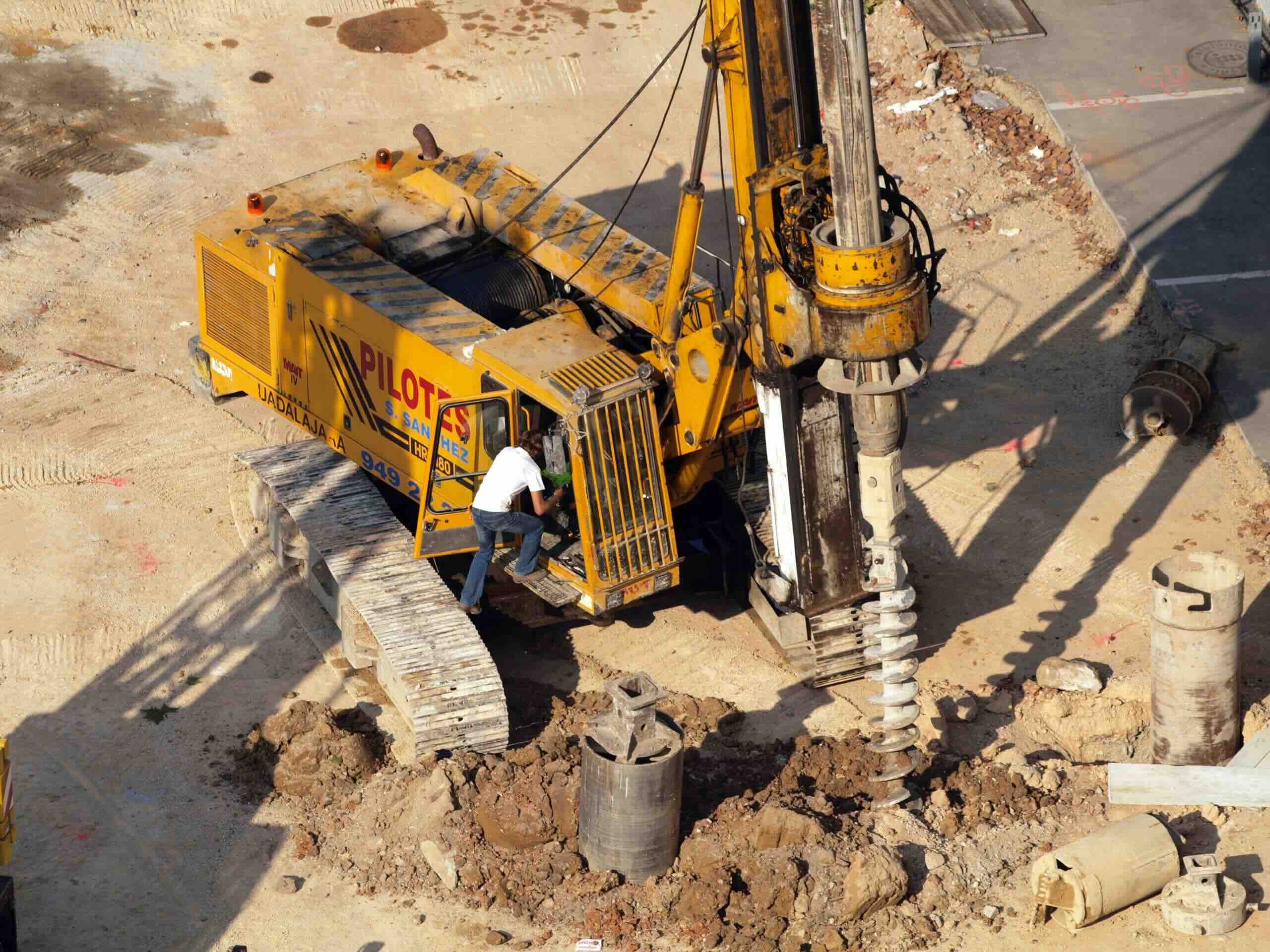

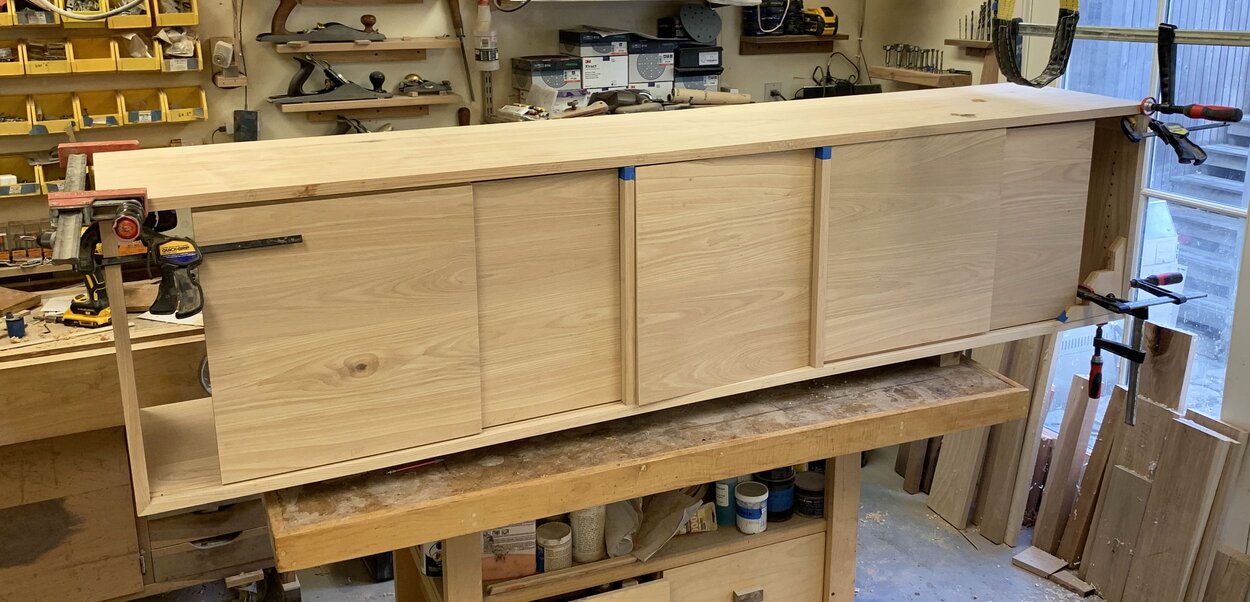
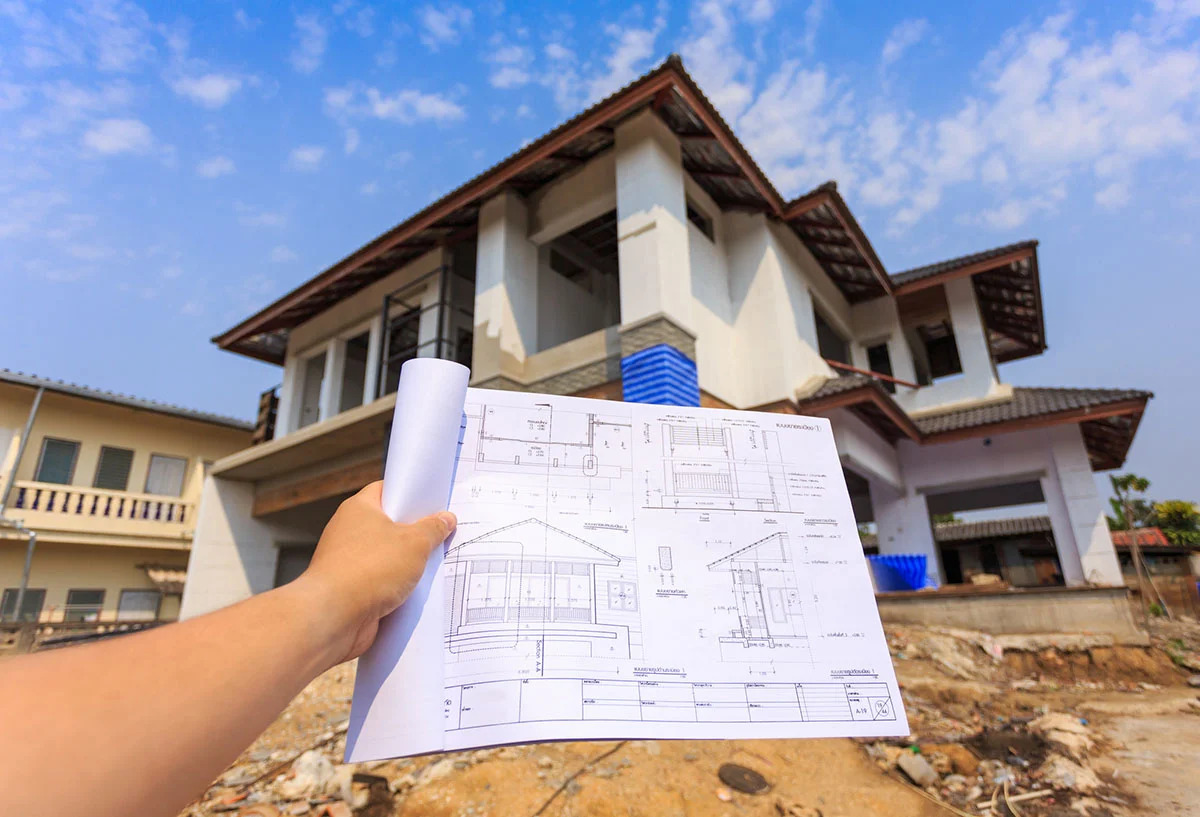

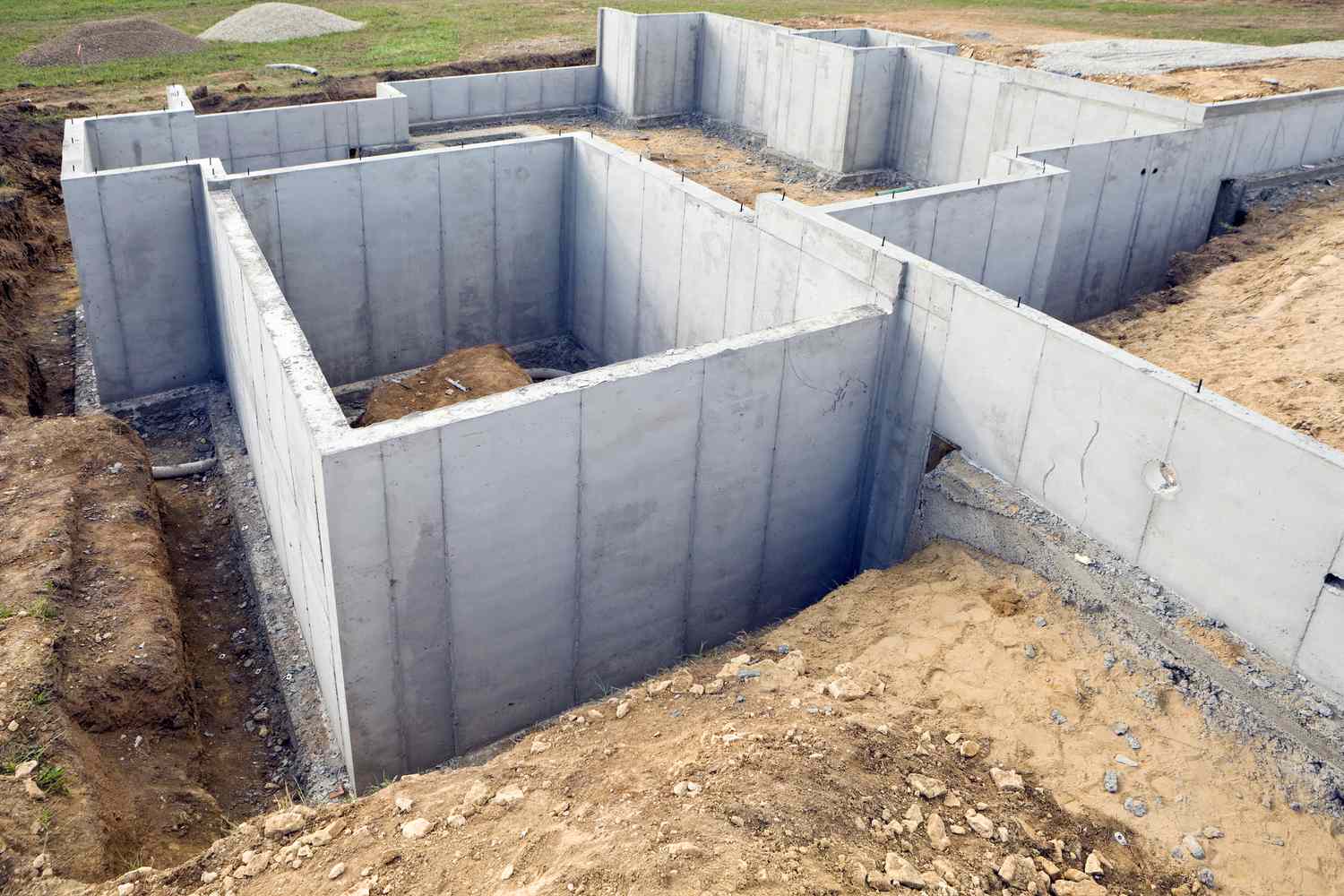
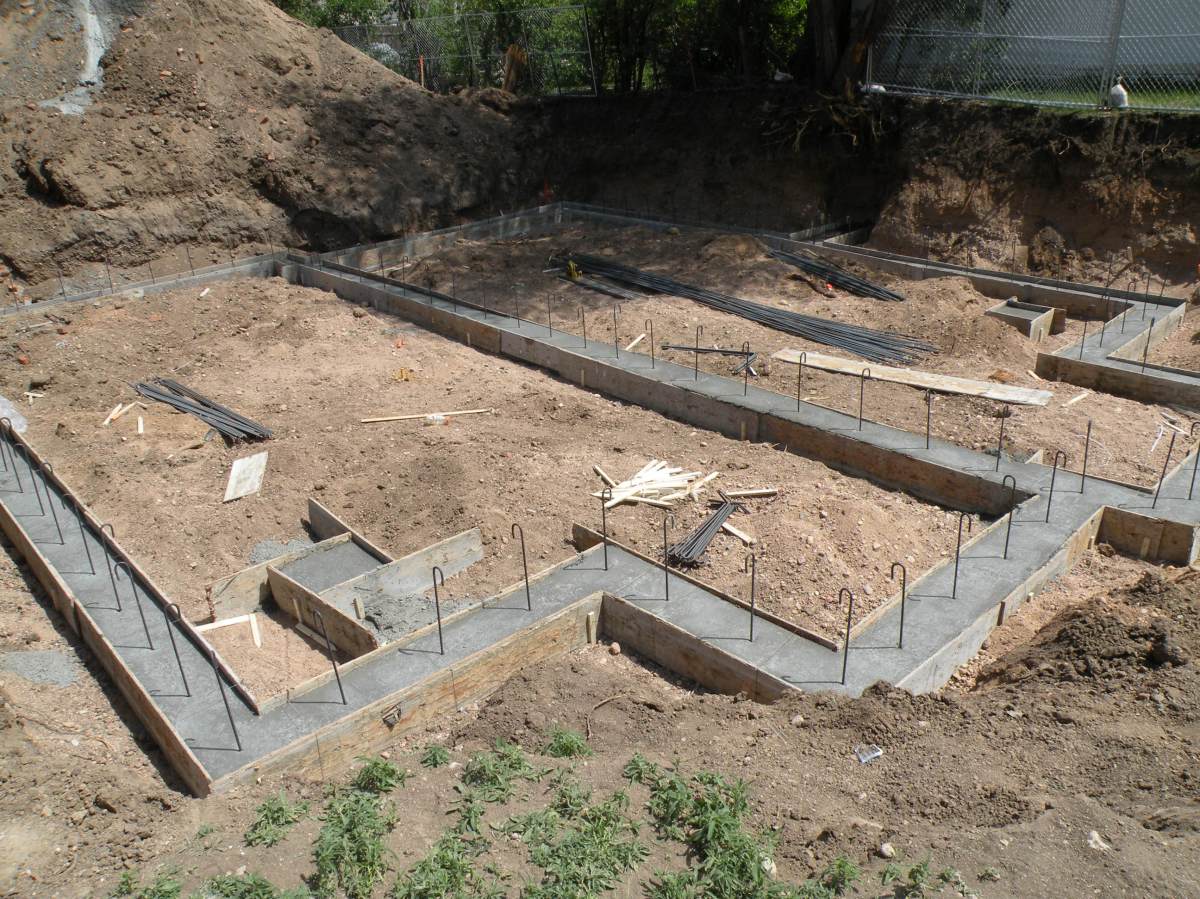
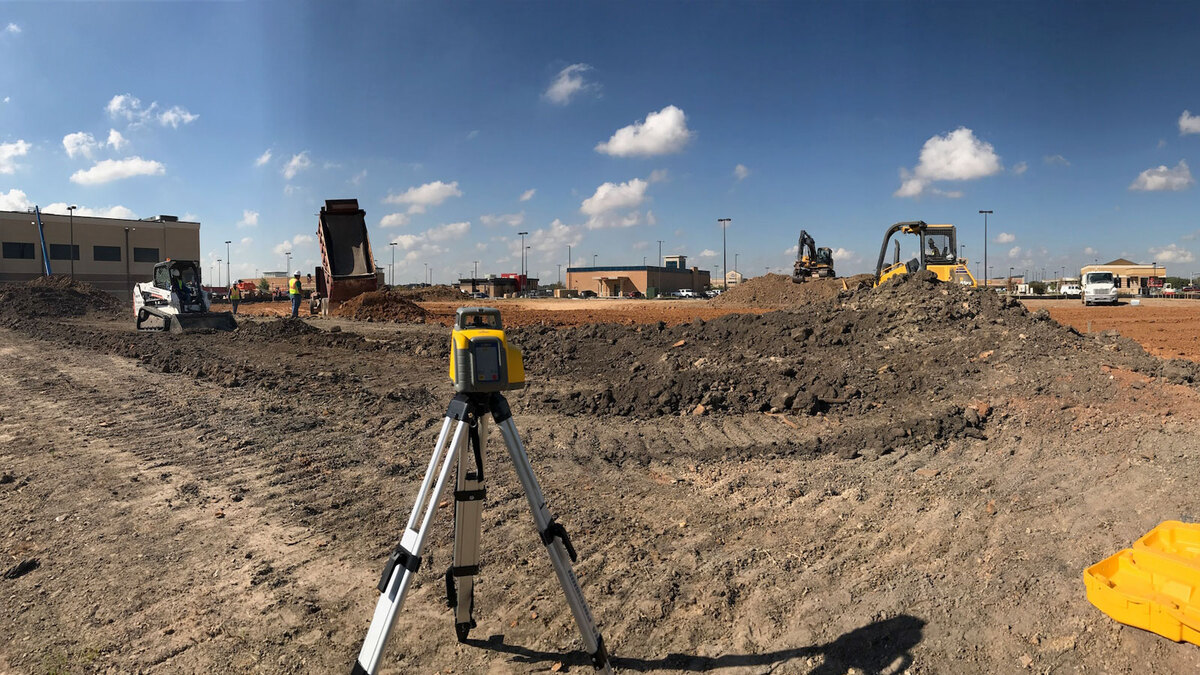


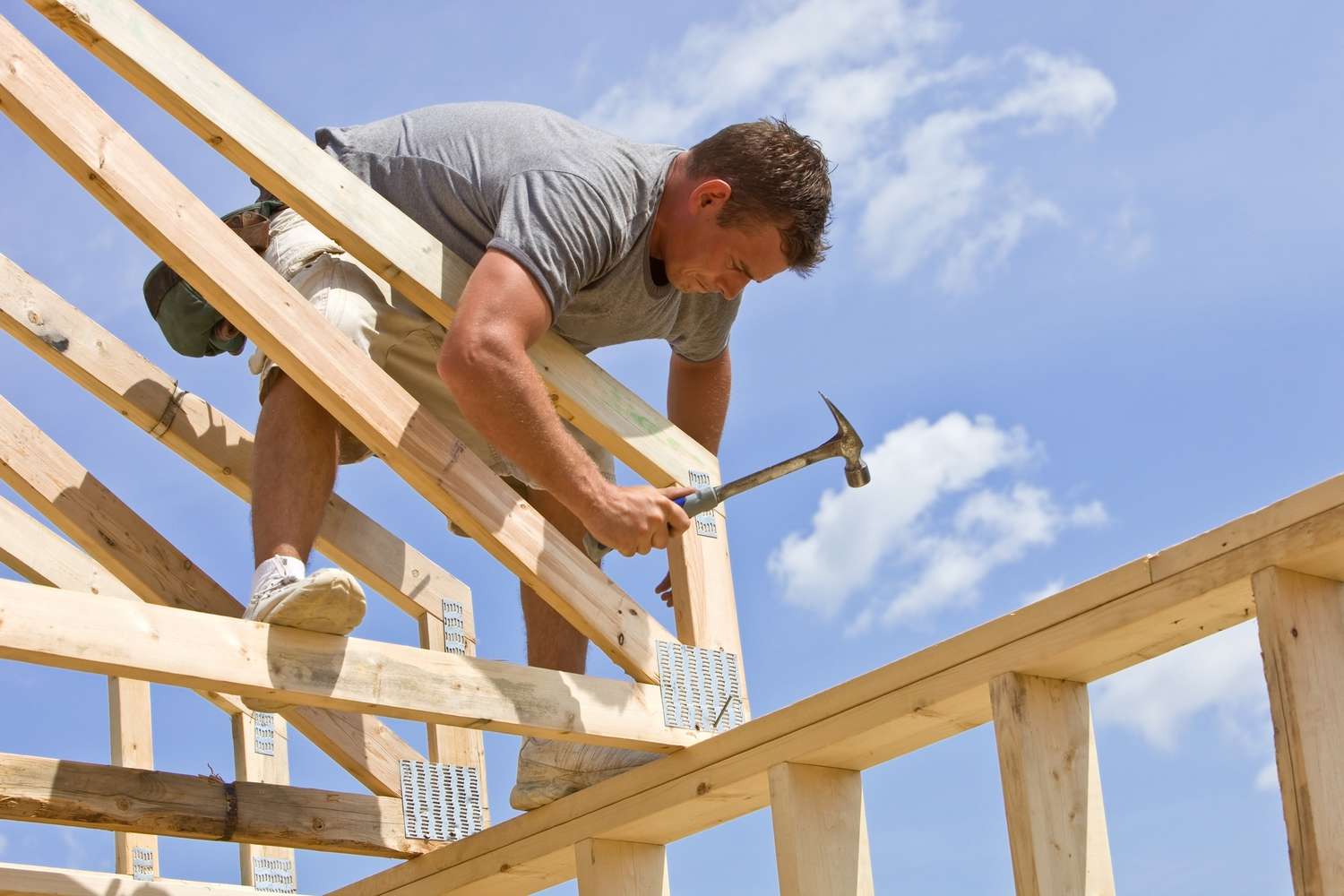
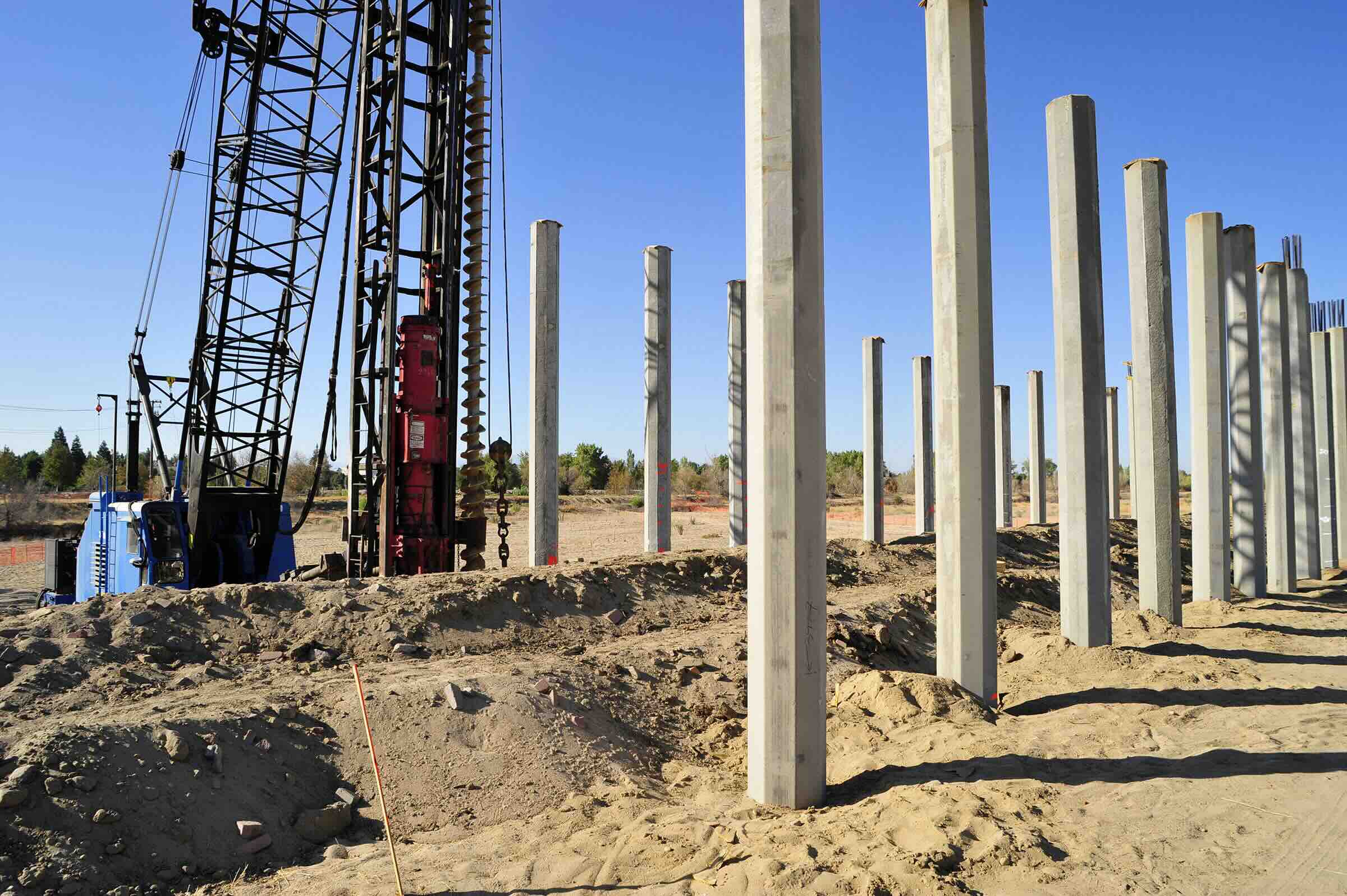

0 thoughts on “What Is A Wattle In Construction”